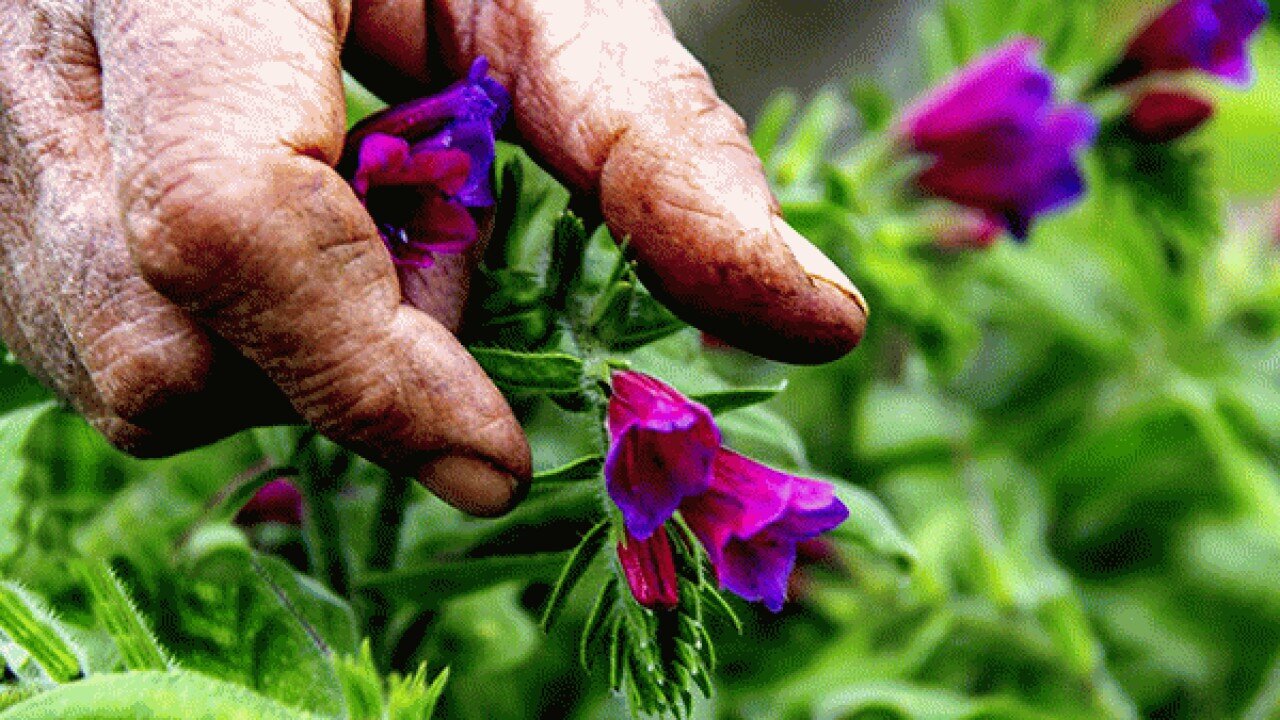Agritourism in Mazandaran: fusing medicinal plant production with sustainable income

TEHRAN - Mazandaran, a picturesque province nestled along the southern coast of the Caspian Sea, has long been celebrated for its fertile lands and favorable climate.
In recent years, however, the allure of villa construction has posed a threat to its agricultural heritage. Nevertheless, some local experts assert that a fusion between medicinal plant production and agritourism could unlock a new era of prosperity for the region, bolstering local economies while safeguarding precious farmlands from development.
Yet, those experts remain optimistic, proposing strategic interventions to bolster medicinal plant cultivation. By establishing reputable processing and packaging companies in the region, alongside integrating medicinal plants into the tourism industry, a holistic economic ecosystem can flourish, benefiting both farmers and tourists alike.
Mazandaran’s western side, in particular Ramsar country, stands as a prime hotspot for the growth of medicinal flora, garnering international attention for its unique therapeutic treasures.
From the iconic fields of Gol-e Gavzaban (the borage plant) to the emerging saffron and rose gardens, according to experts, Ramsar county offers a myriad of opportunities for economic growth and sustainable development.
Official sources report that the annual financial turnover from the export of essential oils and extracts of medicinal plants in the country has reached a staggering eight million dollars.
Through innovative farming practices, fostering partnerships between farmers and tourism stakeholders, and capitalizing on the region's natural splendor, Mazandaran can emerge as a trailblazer in sustainable agritourism.
As mentioned by UN Tourism, formerly known as the World Tourism Organization (UNWTO), rural tourism is a type of activity in which a visitor’s experience is related to a wide range of products generally linked to nature-based activities, agriculture, rural lifestyle, culture, angling, and sightseeing. Such tourism also possesses characteristics such as low population density, a landscape dominated by agriculture and forestry, as well as traditional social structure and lifestyle.
The UN body aims to turn the spotlight on the “uniqueness” of each village to make tourism a means for further development in rural areas. “We want to recognize the uniqueness of each village and showcase the best initiatives to make tourism a means for a better future in rural areas. As we restart tourism, we work to ensure that we leave no one - and no village- behind,” according to UNWTO Secretary-General Zurab Pololikashvili.
AM
Leave a Comment